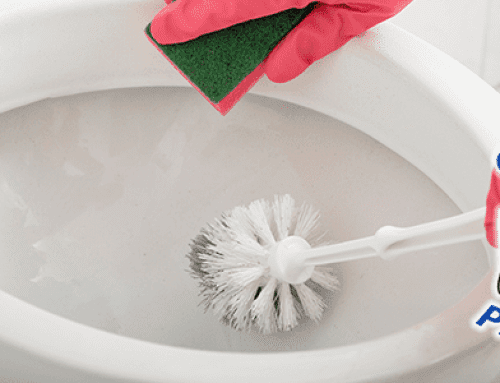Why Won’t My Dishwasher Drain?
If you’ve got a dishwasher, chances are you love the convenience it brings. After all, few things are as bad as slaving over a sink during a busy holiday season. A dishwasher that works the way it’s supposed to be one of life’s greatest time-savers. Sometimes, things go wrong. What does it mean if there’s water in the bottom of the dishwasher? It can cause a panic, that’s for sure. There’s not supposed to be a pool of water when it’s done running… But what can you do to drain your dishwasher? It’s surely an emergency, right? Actually, you might be able to fix this one on your own. Here are a few common fixes that can save you some time and worry this season.
1) Check the Drain
Sometimes, something as simple as a crumpled-up lettuce leaf can block the drain. Check the bottom of your dishwasher to see if anything has fallen into the drain that you can remove. If there’s a physical blockage, removing this blockage will usually drain your washer.
2) Check the Dishwasher Filter
Dishwashers also tend to have filters, and frequently these can be the source of a blockage. Unfortunately, it’s not uncommon for a homeowner to be unaware that they need to change their filter. Because every dishwasher is slightly different, check your manual. This will have instructions on removing your specific filter and how to clean it. You can find the filter on the bottom, inside, or under a panel or lid for most dishwashers.
3) Turn on the Disposal Unit
If you have a garbage disposal, you should be aware that this can affect your dishwasher if this unit gets full. If there’s an air bubble in the line or a hose connected to the unit, water might not leave your washer. You can solve these problems by running the disposal for around a minute. You should also check the hose that connects your sink and disposal unit. Kinks and blockages here can also cause problems for your dishwasher.
4) Run Your Washer and Listen
During your dishwashing cycle, be attentive to any grinding, hums, or clicks in your unit. This can indicate a problem with the pump or motor, or both. If this is the case, you’ll want to call a professional. But, what about all that standing water?
The Next Steps
First, make a 1:1 mixture of baking soda and vinegar. Pour the concoction into the drain, and leave it to sit for about half an hour. If the water begins to drain, you can rinse it down with hot water. Sometimes grease, fat, hair, and some hard water clogs will respond to this mixture.
Unfortunately, if it doesn’t, you’ve got some labor ahead of you. Lay out some old towels and grab a measuring cup. Start bailing and scooping the water out into a bowl and dispose of it in a utility sink or other large drain. Once you’ve gotten most of it, soak up the rest with paper towels or an old dry towel.
Note that you should always use the right detergent for your wash. Can using the wrong soap clog your dishwasher? Over time, absolutely. Manufacturers design their washers with a certain kind of soap in mind. Over time, the wrong soap can create a scummy blockage in the drain or filter. If these tips can’t unclog your dishwasher, give us a call. It’s probably time for professional help!




